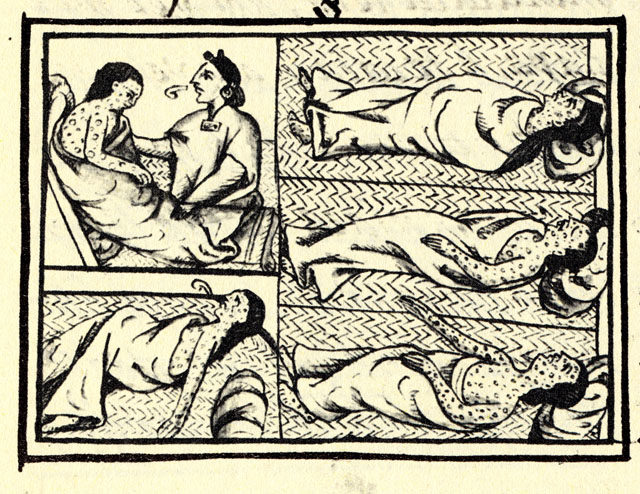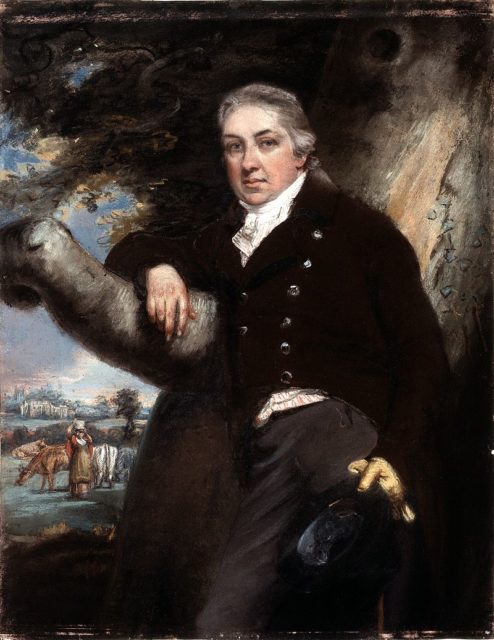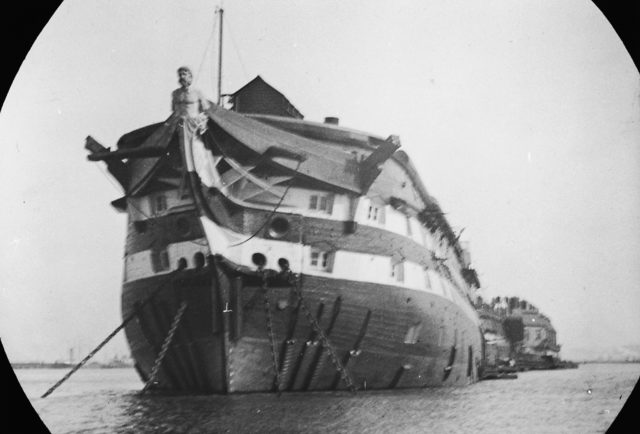Between the 15th and the 19th centuries, smallpox hit England a number of times, and each outbreak was more dangerous than the last. It was a disease that everyone feared because not only was it deadly but frequently it left those who survived blind or with long-term facial scarring.
It was an infectious disease, transmitted through inhalation of airborne variola virus that resulted in either of the two variants, Variola major or Variola minor, with the latter a milder form of the disease. So people could become infected through close contact with a person who already had the virus or through contact with clothes, bed sheets, or other possessions of an infected person.

Smallpox was the main cause of death in Europe for four centuries. It did not spare royalty, with Elizabeth I suffering from the disease and nearly dying of it in 1562. Rulers in other countries who died of smallpox include King Louis I of Spain in 1724, Tsar Peter II of Russia in 1730, King Louis XV of France in 1774, and Maximilian III Joseph, the Elector of Bavaria, in 1777.

It was in 1796 when Edward Jenner used the bovine variant, cowpox, to inoculate against smallpox, thus creating a vaccine against the disease that had long terrified the continent. For this he became known as the father of immunology.

Jenner’s cure significantly reduced the number of smallpox cases in Europe. In 1853, the smallpox vaccination was made compulsory by the British government. But there were still epidemics that occurred during the 19th century in Britain. And as such, no hospital had the capacity to accommodate the infected. The London Smallpox Hospital had only 100 beds to accommodate 1,000 infected.

In 1867, assuming legal responsibility for supervising the care of those infected with smallpox, the Metropolitan Asylums Board proposed two solutions.

One was the building of smallpox hospitals at different locations across London.

The ships were initially docked at Greenwich and thousands of patients received treatment there. Atlas had 120 beds although in total there were 1,000 patients accommodated on the ship, of whom 120 died. However, soon after anchoring at Greenwich, the Thames Conservancy requested that the ships be moved immediately. So the Atlas and Endymion were moved 17 miles from London Bridge to Long Reach, where Castalia joined them.

Castalia was built with a double skeleton, which prevented rolling and hence sea-sickness. The three hospital ships were docked next to one another. While Atlas and Castalia served as the main centers for receiving patients, the former for males and the latter for females, Endymion was in between the two, with passages constructed to lessen the movement from one ship to another. Unlike the other two, Endymion served as both administrative center and a kitchen where the food for the patients was prepared.
After the smallpox outbreaks decreased, all three vessels were sold at an auction in 1904 for a total $10,681.
